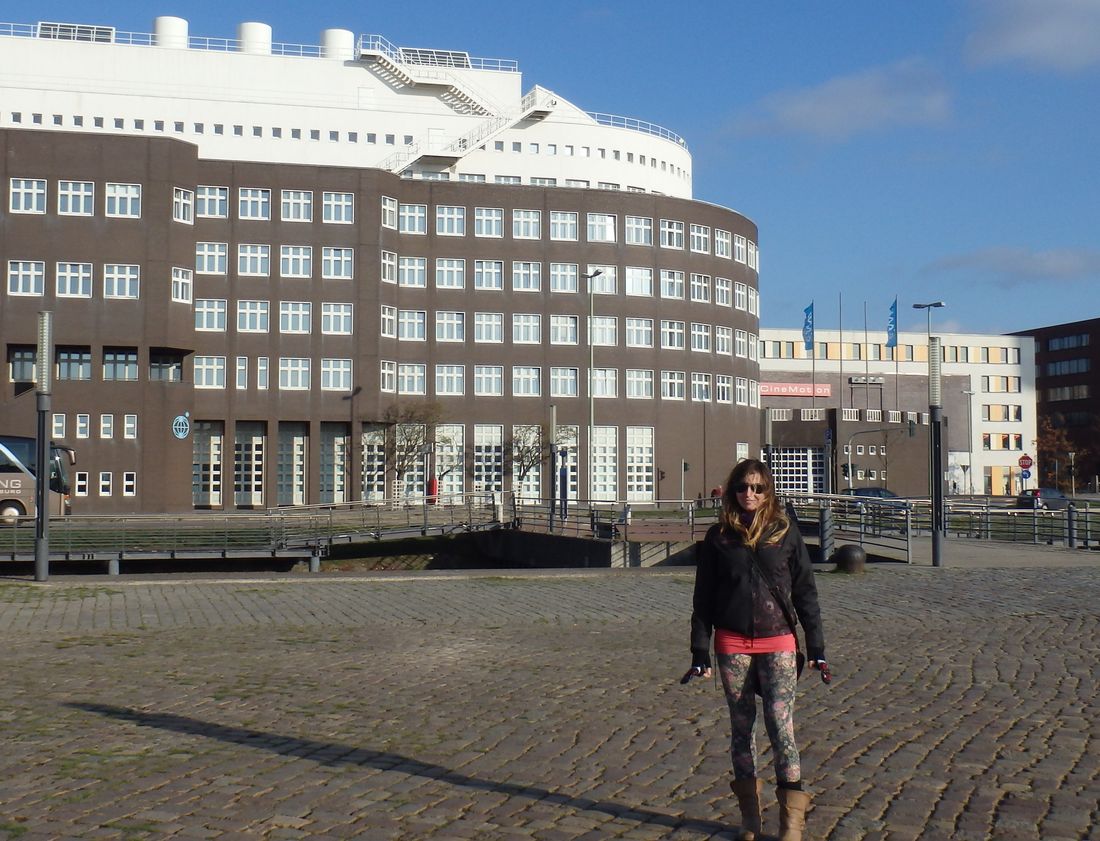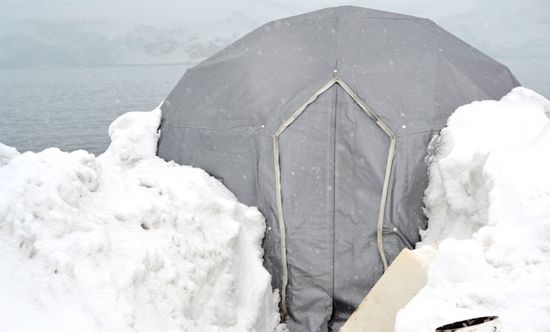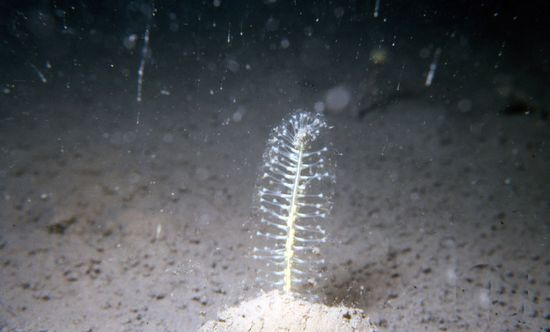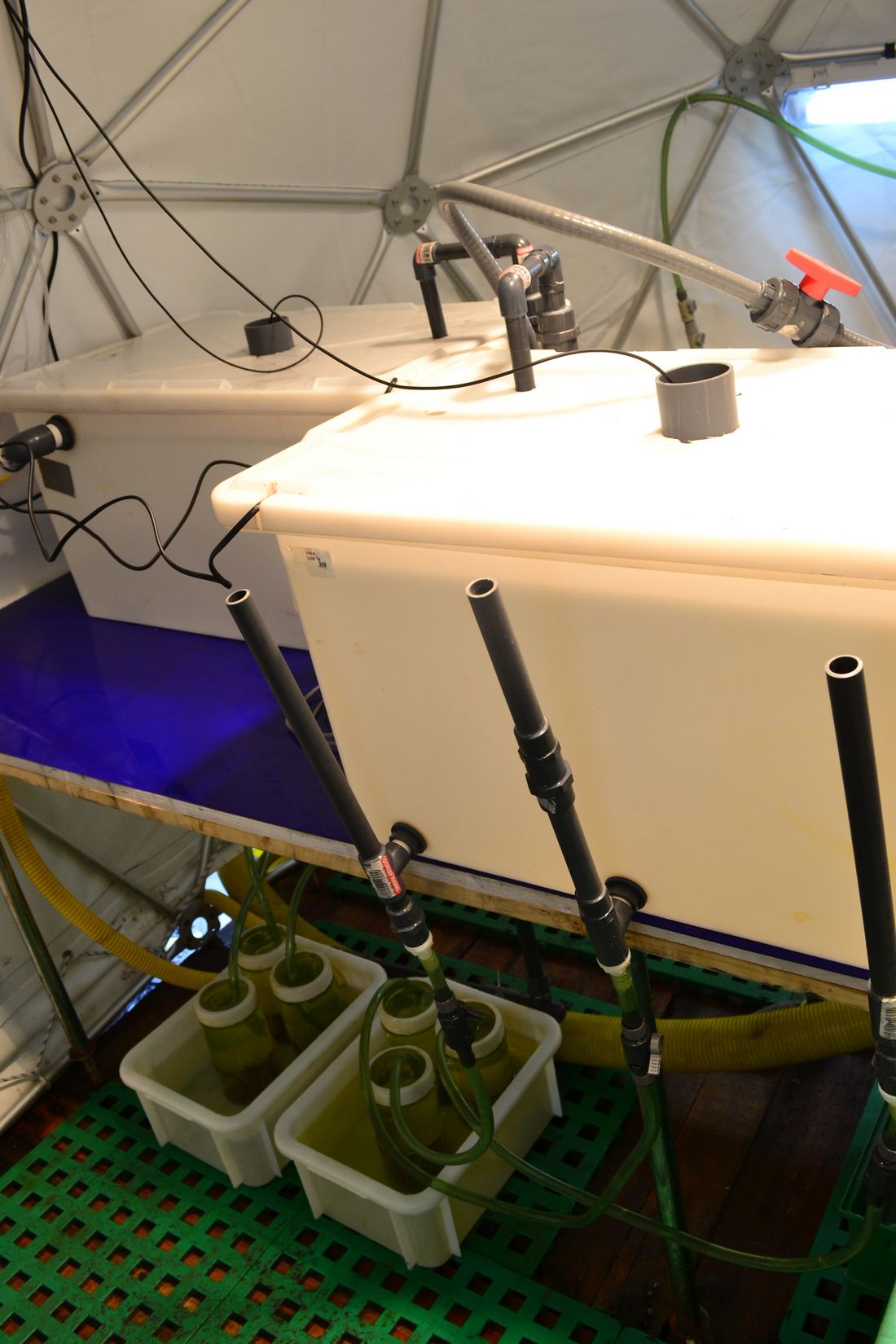Multidisciplinary study of the sea pen Malacobelemnon daytoni - Potential effect of the Ocean Acidification
The sea pen Malacobelemnon daytoni (Octocorallia, Pennatulacea, Kophobelemnidae) is one of the most abundant species in Potter Cove from 10 to more less 30 m but really little is known about them. I met them some years ago, when I started my PhD in Argentina in the Institute of Diversity and Animal Ecology (IDEA/CONICET) Universidad Nacional de Córdoba. At the beginning I studied several aspects of the biology of this sea pen with the main objective of increasing the knowledge about them, for example: What do they eat? When do they reproduce? This questions were assessed in my PhD Thesis: "Ecosystemic role of Malacobelemnon daytoni (Octocorallia, Pennatulacea, Kophobelemnidae) in benthic communities of Potter Cove, Isla 25 de Mayo, Antarctica", supervised by Dr. Ricardo Sahade and in collaboration with Dr. Rossi Sergio (Universitat Autònoma de Barcelona) and Dra. Veronica Fuentes (ICM = Institute of Marine Sciences).
At present I'm a postdoc student (in the same Institution) and I´m starting with topics concerning this species as Ocean Acidification effects. We propose to study the effect of acidification on the ecosystem of Potter Cove using the sea-pen M. daytoni (the most abundant of Potter Cove) as models. I carried out experiments in Potter Cove and at the AWI, I performed several analysis with German colleagues such as Claudio Richter, Jürgen Laudien, Doris Abele and Christoph Held. The specific objectives of this work are:
1. Get transcriptome-sequencing in this species and analyze the effects of different pH values, via measurement of gene expression (heat shock proteins-HSP70; alpha-carbonic anhydrase; C-type lectin).
2. Analyze the effect of different pH values on the metabolism of M. daytoni, via measurement biochemical balance (enzimatic activity) and
3. Evaluate the possible damage that could be done by low pH values in the old calcified structures, as well as, the potential changes in the structure of the new parts.
For transcriptome-sequencing the RNA extraction was done at AWI with the supervision of Dr. Christoph Held and the RNA samples were sent to STAB VIDA in order to do the transcriptome, which was funded by a PADI grant 2014. The enzimatic activities were done in Doris Abele’s Lab in the AWI, where all the samples were stored at -80ºC in the complete colony.
On the other hand, I'm studying the growth rate of this species. As a first step we need a proper marker. In an experiment, carried out in Potter Cove, I used three different markers (alizarin red, calcein and strontium chloride) at two concentrations and two times (24 and 48 hs). The skeletons were analyzed looking for the possible evidence of marks that could be useful for growth estimation in the field. Later, in the AWI, I used electronic and fluorescence microscopy and an X-ray microprobe system to test the performance of these markers I´m currently analyzing these results.
I really had a very good stay in Bremerhaven. Fortunately, I could learn and discuss with excellent specialists.
Natalia Servetto





